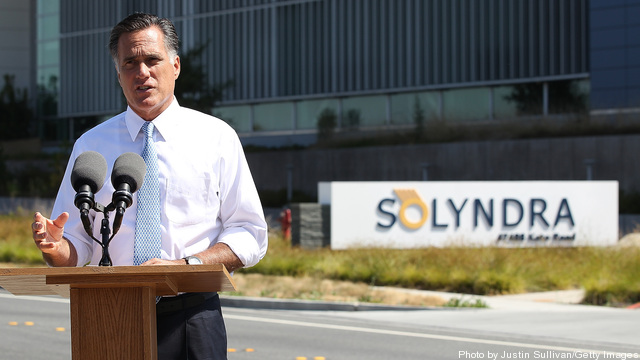What do Lockheed Martin, the city of Austin in Texas and Intel have in common? They all invest in renewable energy, alongside major consumers like the Department of Defense and major consumer brand companies like Whole Foods.
The business case for these projects and for ownership of renewable generating capacity is clear, Navigant Consulting Director Andrew Kinross told Breaking Energy in this video, but clear policy has also lent appeal to the sector and prompted creative financing for projects that in turn boosts employment. Financing around projects and structures like third-party ownership of solar energy assets by private equity firms or pension fund investors has been particularly interesting, Kinross says. Keep reading →





Who Owns the Energy?
By Peter GardettThe question of natural resource ownership has been answered in many different ways over the course of human history, with compromises between the interests of societies and individual developers taking on a variety of forms.
While it often seems that the basic parameters of ownership and regulation of ownership have been sorted out in places like the US, comparatively small evolutions in the perception of these relationships can have outsized impacts on specific energy projects or companies. Keep reading →